All 5,000 Objects Found Inside King Tut's Tomb Will Be Displayed Together for the First Time
For the first time ever, all 5,000 items that were found inside King Tut's tomb, first discovered in 1922 by British archaeologist Howard Carter, will be on view, during the grand partial opening of the Grand Egyptian Museum in early 2018. One third of these artifacts have been featured previously at the Egyptian Museum in Tahrir, Cairo—but the GEM plans to showcase them in an incredibly realistic manner that enables visitors to experence the inside of the original tomb just as it was.
“The objects in the tomb were in four rooms, and they will be on display at the Grand Egyptian Museum in two oblong galleries with an area of 7,000 square meters," Tawfik says, explaining that he devoted extensive thought to how his exhibition might put a different lens on artifacts that have already been on display for many years. Then suddenly—"It came to me! I have a virtual line cutting these two long galleries, and then I have four spaces representing the four rooms,” says Tawfik. “If we just put the objects as they were inside the tomb, in the same order, then we will have ... the funerary complex of the king.”
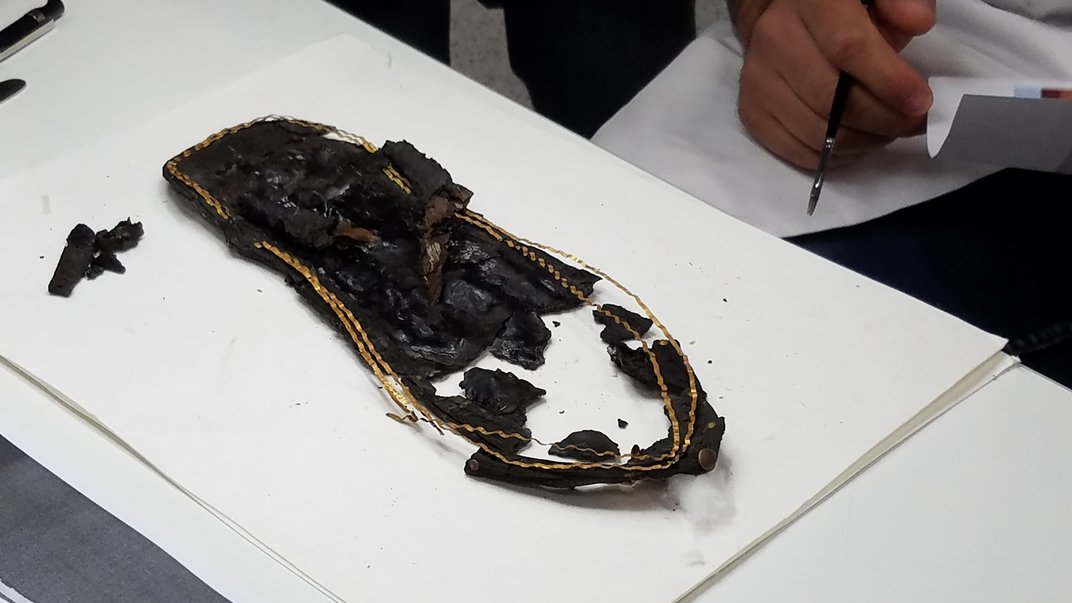
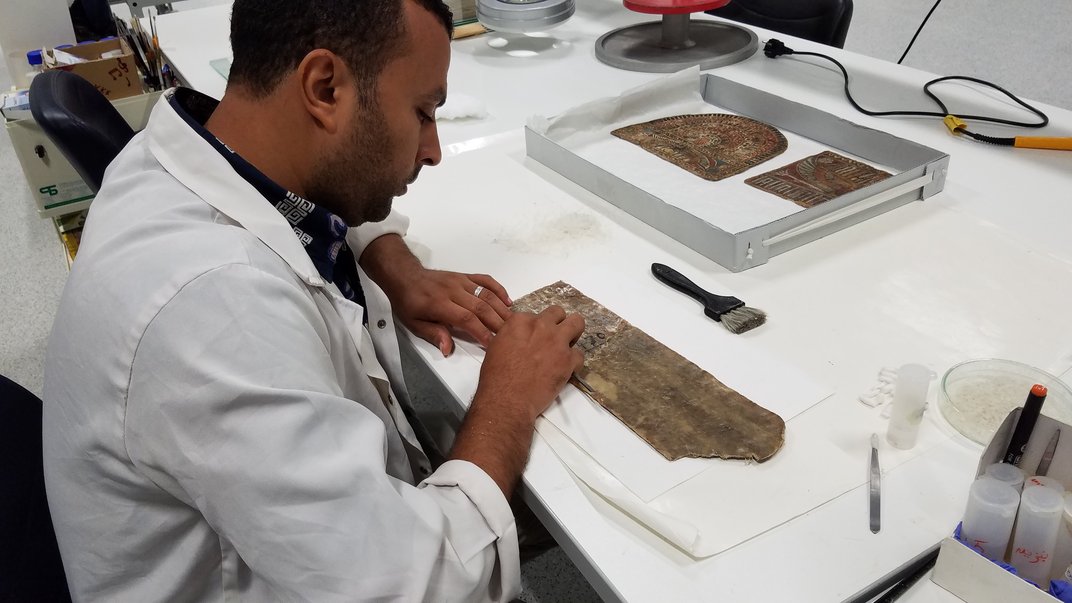
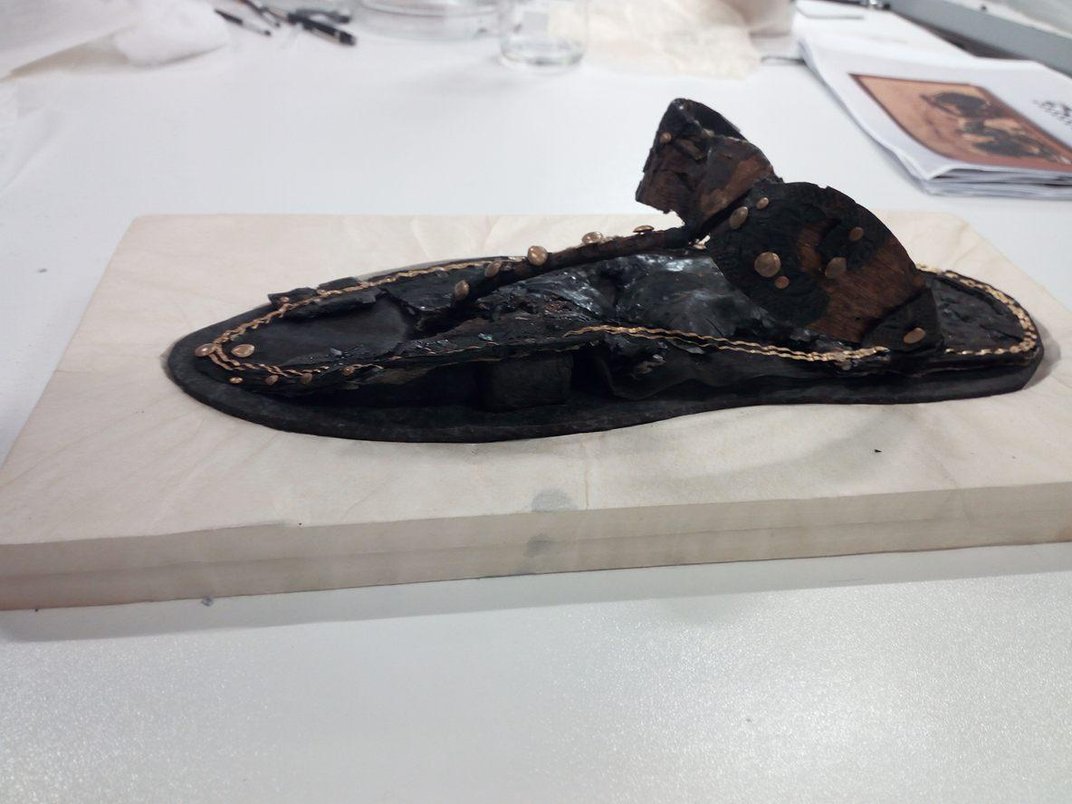
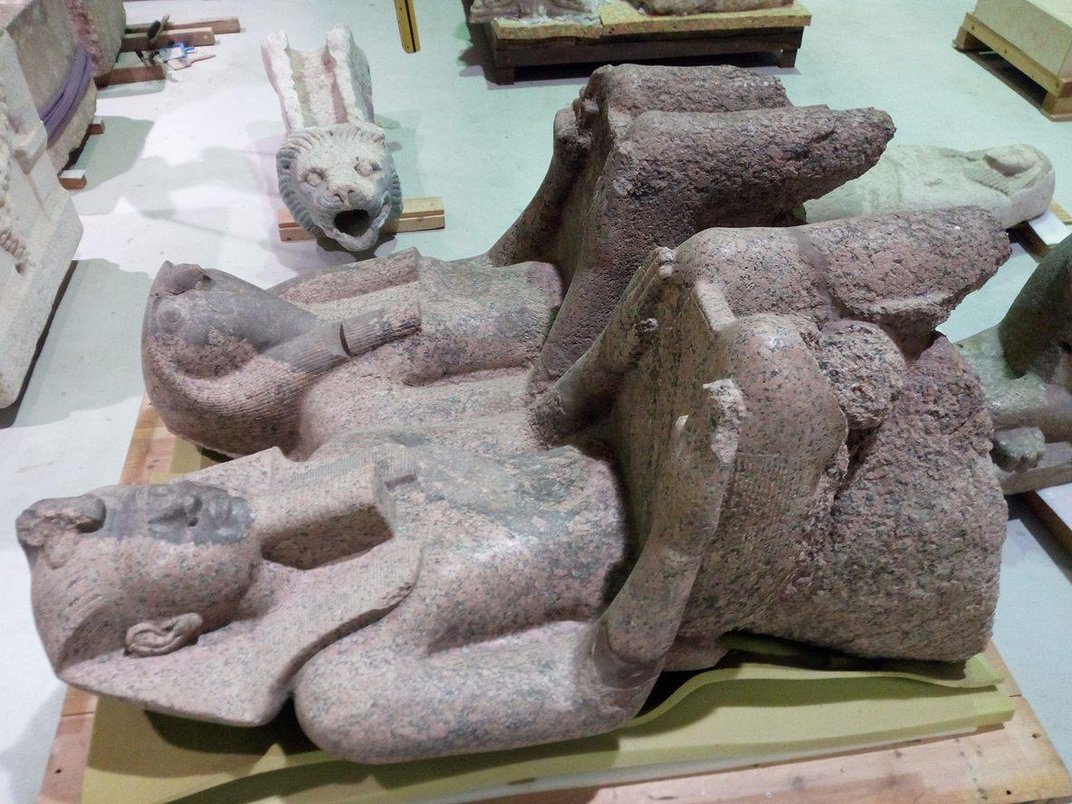
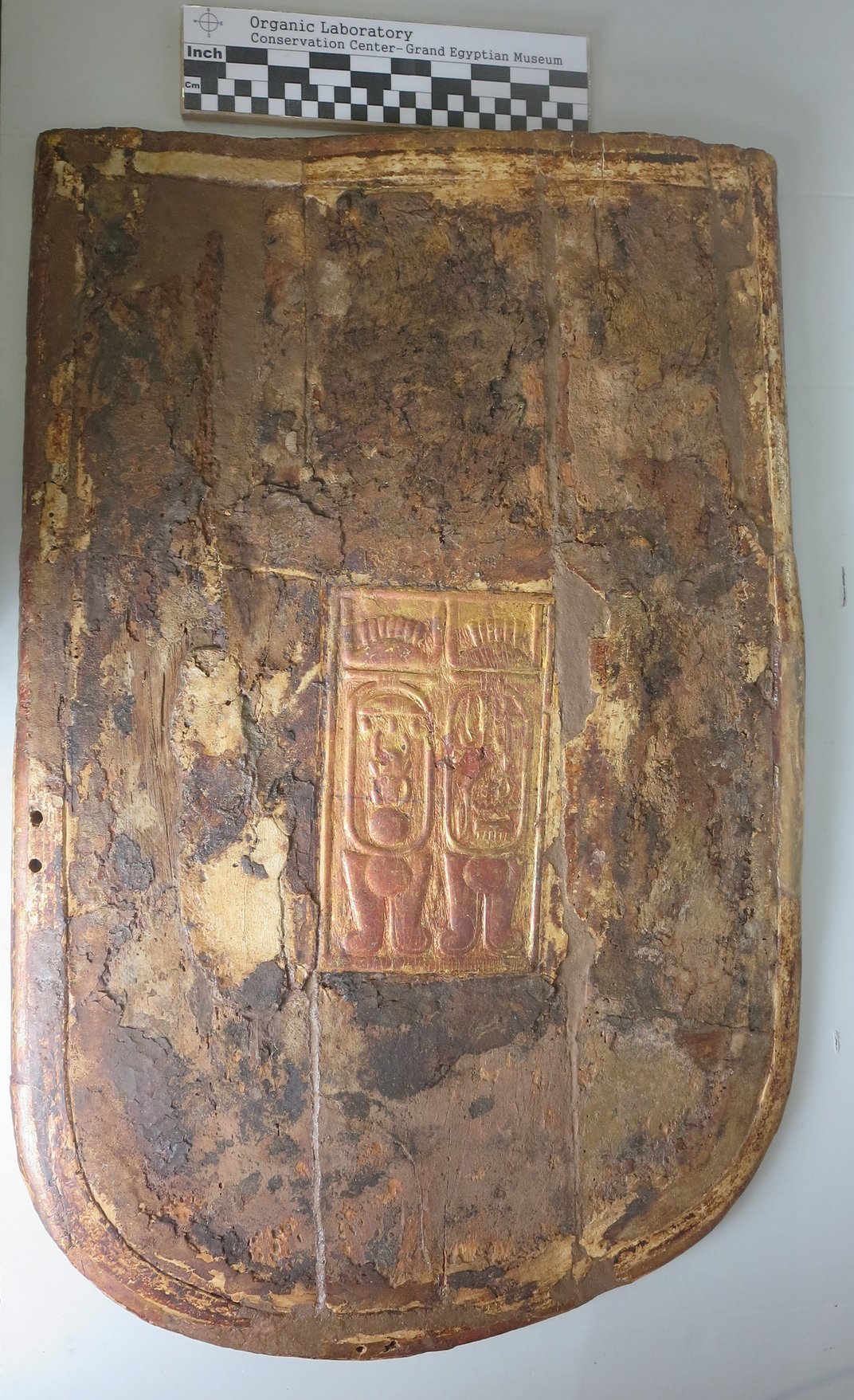
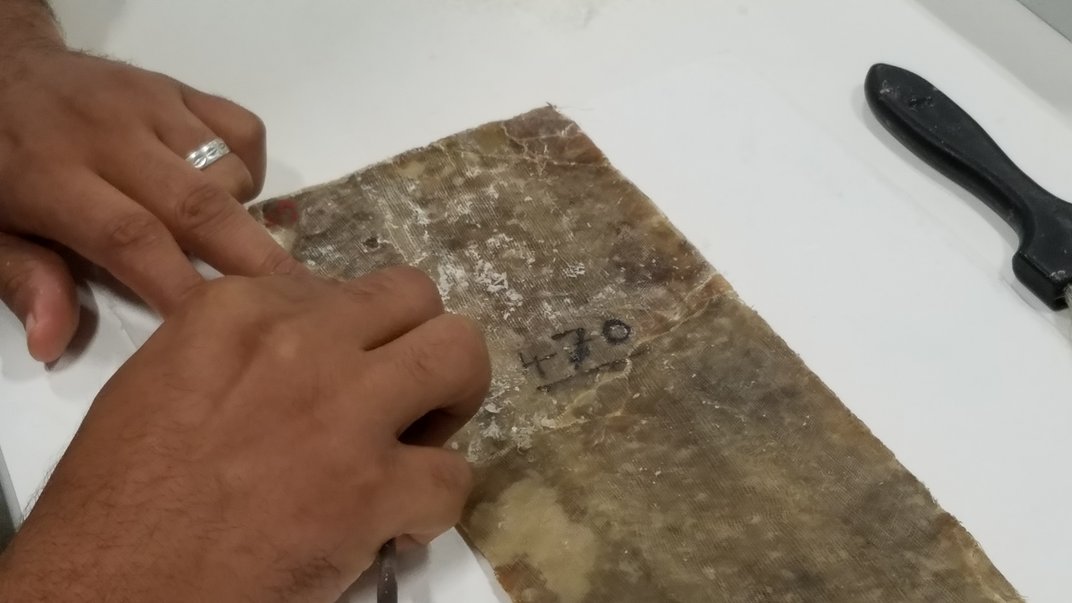
The GEM will also offer visitors a unique vision of Tutankhamun, the so-called Golden King. Here, museum visitors can see a shield, adorned in cheetah skin, that once belonged to him—but the king's more domestic side is on display, too: a granary and fruit, found inside the tomb, will be part of the exhibit, along with jars of beer, wine and oil. Many of the king’s garments will be shown for the first time, as well; because they are so fragile, it was previously considered too risky to put them on view. Then, there are the tools he used, and the sandals he wore, giving visitors the opportunity to follow the life span and physical development of the king, among more intimate glimpses into his life, including the bodies of his two stillborn daughters.
No comments: